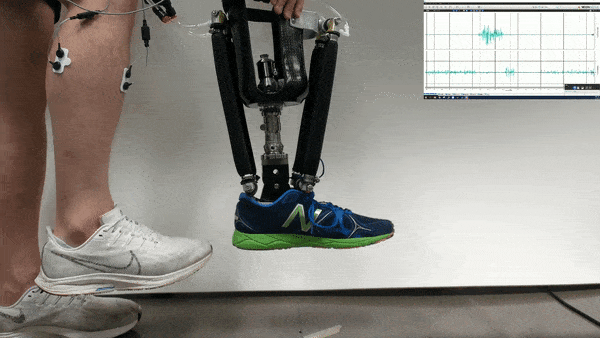Brain Signals Can Drive Exoskeleton Parts Better With Therapy
IEEE Spectrum

Neural control might one day help patients operate robotic prosthetics by thought. Now researchers find that with the help of physical therapy, patients could accomplish more with such neural control than scientists previously knew was possible.
Around the world, research teams are developing lower-body exoskeletons to help people walk. These devices are essentially walking robots users can strap to their legs to help them move.
These exoskeletons can often automatically perform preprogrammed cyclic motions such as walking. However, when it comes to helping patients with more complex activities, patients should ideally be able to control these robotic prosthetics by thought—for example, using sensors attached to legs that can detect bioelectric signals sent from your brain to your muscles telling them to move.
“Autonomous control works really well for walking, but when it comes to more than just walking, such as playing tennis or freestyle dancing, it'd be good to have neural control,” says study senior author Helen Huang, a biomedical engineer at North Carolina State University.
One question when it comes to neural control over robotic prosthetics is how well the nervous systems of patients can still activate the muscles that amputees still have left in a limb.